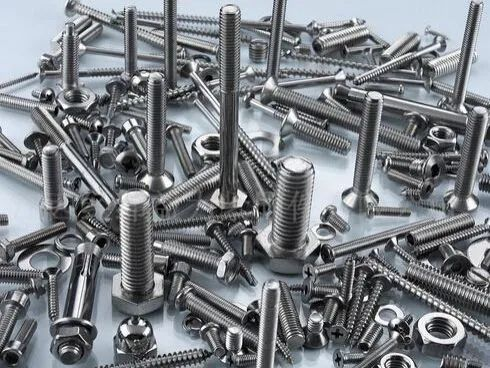Heat treatment of steel - about annealing types
Oct. 07, 2023
Heat treatment of steel - about annealing types
Annealing of steel is a heat treatment process in which the steel is heated to a temperature above or below the critical point AC1, held for a certain period of time, and then slowly cooled in the furnace to obtain a structure close to an equilibrium state. Next, we will introduce several types of annealing of steel.
1. Complete annealing
Complete annealing is a heat treatment process in which the steel is heated to 20-30°C above AC3, kept warm for a long enough time to completely austenitize the structure, and then slowly cooled in the furnace to obtain a structure close to an equilibrium state. Its purpose is to refine the grains, eliminate internal stress and work hardening, improve plastic toughness, uniform the chemical composition and structure of steel, improve the cutting performance of steel, and eliminate defects such as Widmanstatten structure and band structure in medium carbon structural steel.
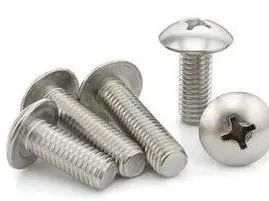
2. Spheroidizing annealing
Spheroidizing annealing is a heat treatment process that spheroidizes carbides in steel to obtain granular pearlite. Its purpose is to reduce hardness, improve cutting performance, uniformize the structure, and prepare the structure for quenching.
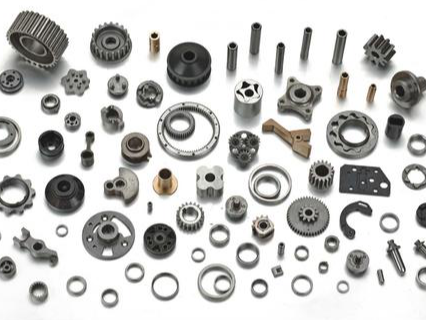
3. Homogenization annealing
Also known as diffusion annealing, it is a heat treatment process in which steel ingots, castings or forged billets are heated to a temperature slightly lower than the solidus line and kept warm for a long time, and then slowly cooled to room temperature. Its purpose is to eliminate dendrite segregation and regional segregation produced during the solidification process of ingots or castings, and to homogenize the composition and structure.
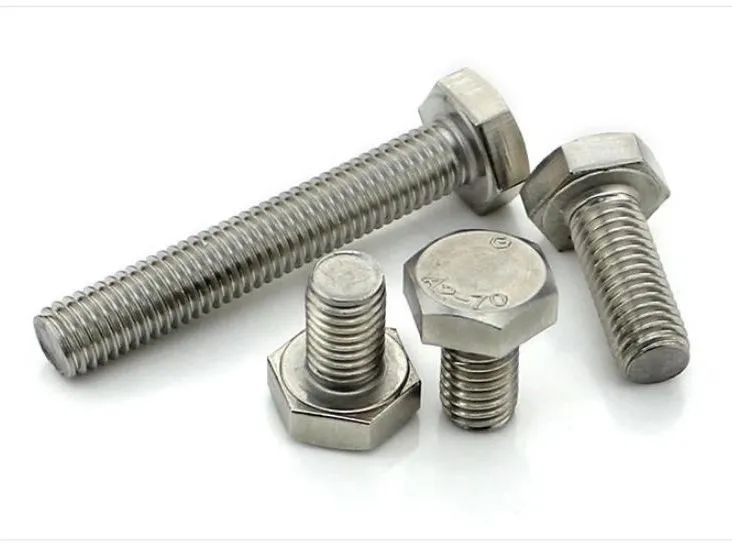
4. Stress relief annealing
A heat treatment process in which cold deformed metal is heated to a temperature below the recrystallization temperature, kept warm for a period of time and then slowly cooled to room temperature. Its main purpose is to eliminate residual internal stress (mainly the first type of internal stress) in castings, forgings, weldings and machined workpieces, so as to improve dimensional stability and reduce the tendency of workpieces to deform and crack.
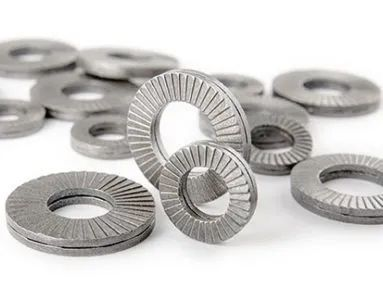
5. Recrystallization annealing
A heat treatment process in which the cold-deformed metal is heated above the recrystallization temperature for an appropriate period of time, and then slowly cooled to room temperature. Its purpose is to transform the deformed grains into uniform equiaxed grains, eliminate work hardening and residual internal stress, and restore the structure and properties of the steel to the state before cold deformation.
